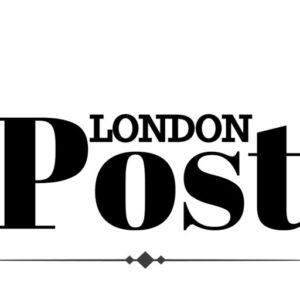The potential for burnout rises dramatically. Employees often find themselves navigating tight deadlines, intense scrutiny, and back-to-back tasks that deplete their mental and physical energy. This relentless demand can lead to decreased productivity, poor morale, and high turnover rates.
The introduction of small breaks into the daily routine can serve as a powerful antidote to the stresses of high-pressure work settings. Understanding the benefits of these breaks, combined with scientifically backed strategies, can help foster a more sustainable and productive work environment.
The Science Behind Small Breaks
Research has established a firm connection between short breaks and improved mental performance. According to a study published in “Cognitive Psychology”, taking brief intermissions can lead to a boost in focus and creativity. A 20-second pause can rejuvenate the brain, enabling employees to approach their tasks with renewed vigor.
This concept of attention restoration suggests that by allowing our brains to disengage temporarily from taxing tasks, we enhance our capacity to re-engage efficiently when we return to work. Incorporating these brief pauses throughout the workday can help prevent cognitive fatigue and reduce stress levels. Regular small breaks contribute to sustained productivity and mental well-being.
Types of Breaks to Consider
Not all breaks are created equal. Understanding the different types of short breaks can help employees and management make informed decisions about how to integrate them into daily routines. Microbreaks are brief pauses that can range from a few seconds to a couple of minutes. These moments allow the body to stretch and the mind to reset. In contrast, longer breaks, often spanning 10 to 20 minutes, can involve stepping outside, meditating, or engaging in light physical activity.
Such variations ensure that employees have options depending on their workload and personal preferences. By providing opportunities to buy THC gummies online or engage in other soothing activities, organizations can create a supportive atmosphere that encourages frequent pauses. Recognizing and accommodating different break styles helps employees recharge in ways that genuinely enhance their well-being and productivity.
Impact on Employee Well-Being
The psychological benefits of small breaks are profound. Frequent intermissions can help reduce stress hormone levels and cultivate a sense of well-being among employees. Breaks offer an opportunity to socialize, fostering connections and teamwork, which are vital in high-pressure roles. Employees who take regular breaks report a significant increase in job satisfaction.
This boost in morale is critical, as happy employees tend to be more engaged and productive. Short breaks can help prevent burnout by giving employees time to recharge mentally and physically. They encourage healthier work habits, such as stretching or walking, which can improve physical health. By prioritizing well-being through regular pauses, organizations create a more resilient and motivated workforce.
Creating a Break-Friendly Culture
For organizations to successfully implement a break-friendly culture, leadership must spearhead the initiative. This can involve openly discussing the benefits of breaks and encouraging employees to take them without guilt or fear. Leaders can model this behavior by taking breaks themselves, which helps normalize the practice.
Creating designated relaxation spaces where employees can retreat away from their desks can further encourage this behavior. Such areas can include comfortable seating, nature elements, or even options for mindfulness practices like yoga or meditation. Investing time and resources into creating these environments signals to employees that their well-being is a top priority, leading to improved performance.

Balancing Workload and Breaks
Finding the right balance between work responsibilities and breaks can pose a challenge. Employees may feel overburdened by their tasks, leading them to forgo breaks altogether. Organizations can combat this by implementing structured break schedules that align with peak productivity hours. It may be beneficial to suggest a short break after every 90 minutes of focused work.
Using apps that remind employees to take breaks or encouraging informal team signaling can help redefine workplace norms around pauses. By making breaks a standard part of the workflow, employees can better manage their time and reduce the likelihood of burnout.
Long-Term Benefits of Implementing Small Breaks
Incorporating small breaks into the workday cultivates a healthier work environment. Employees who consistently take breaks develop enhanced job performance capabilities, contributing positively to the organization. The ultimate impact can be significant, leading to reduced absenteeism and increased retention rates.
Studies indicate that organizations that prioritize employee well-being see an average 21% increase in productivity. This kind of cultural shift benefits the individuals who work there and the company’s bottom line. As the workforce grows, businesses must adapt their practices to retain valuable talent against the backdrop of mounting stress and pressure.
Small breaks in high-pressure environments can lead to significant improvements in productivity, employee morale, and workplace dynamics. Through focused implementation and support from leadership, organizations can reap the benefits that come with a break-friendly culture. By prioritizing small pauses in the workday, businesses promote healthier work habits and position themselves for success.








